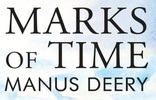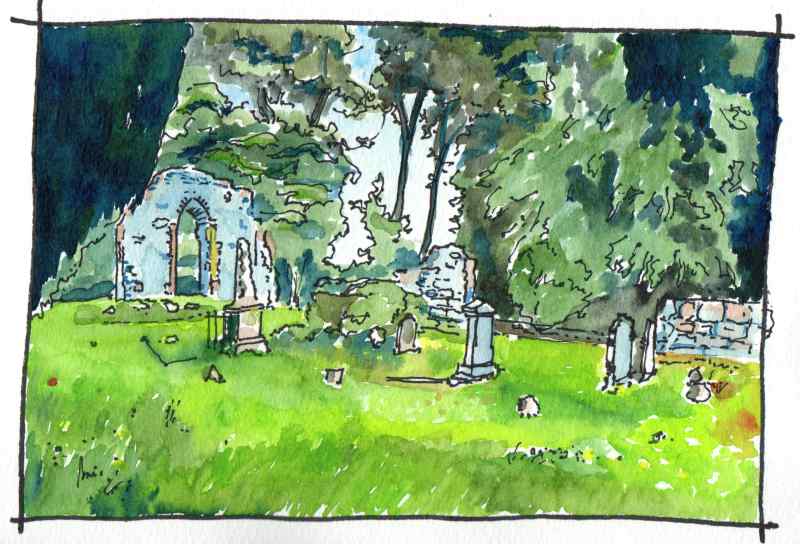Next left turn leads to Enagh Church. It is a hugely atmosperic place situated between two small ‘loughs’. The date of the current runs are unknown but its east window probably dates to rebuilding in the seventeenth century. It was assocated with the O’Cahans in the middle ages who had a tower house on a nearby Crannog and is is thought to be the site of a much older ecclesiastical centre, which may have been founded by Saint Canice, Bishop of Aghaboe and patron saint of Kiannachta, who died in the sixth century.Other sources suggest Colum Crag or Columba may have founded the church, This church is known to have been one of three that were plundered in 1197 by an Anglo-Norman raiding party.It is thought to have been a monastic site, later converted into a parish church. Why not visit and soak up the atmosphere?
|
|
|


